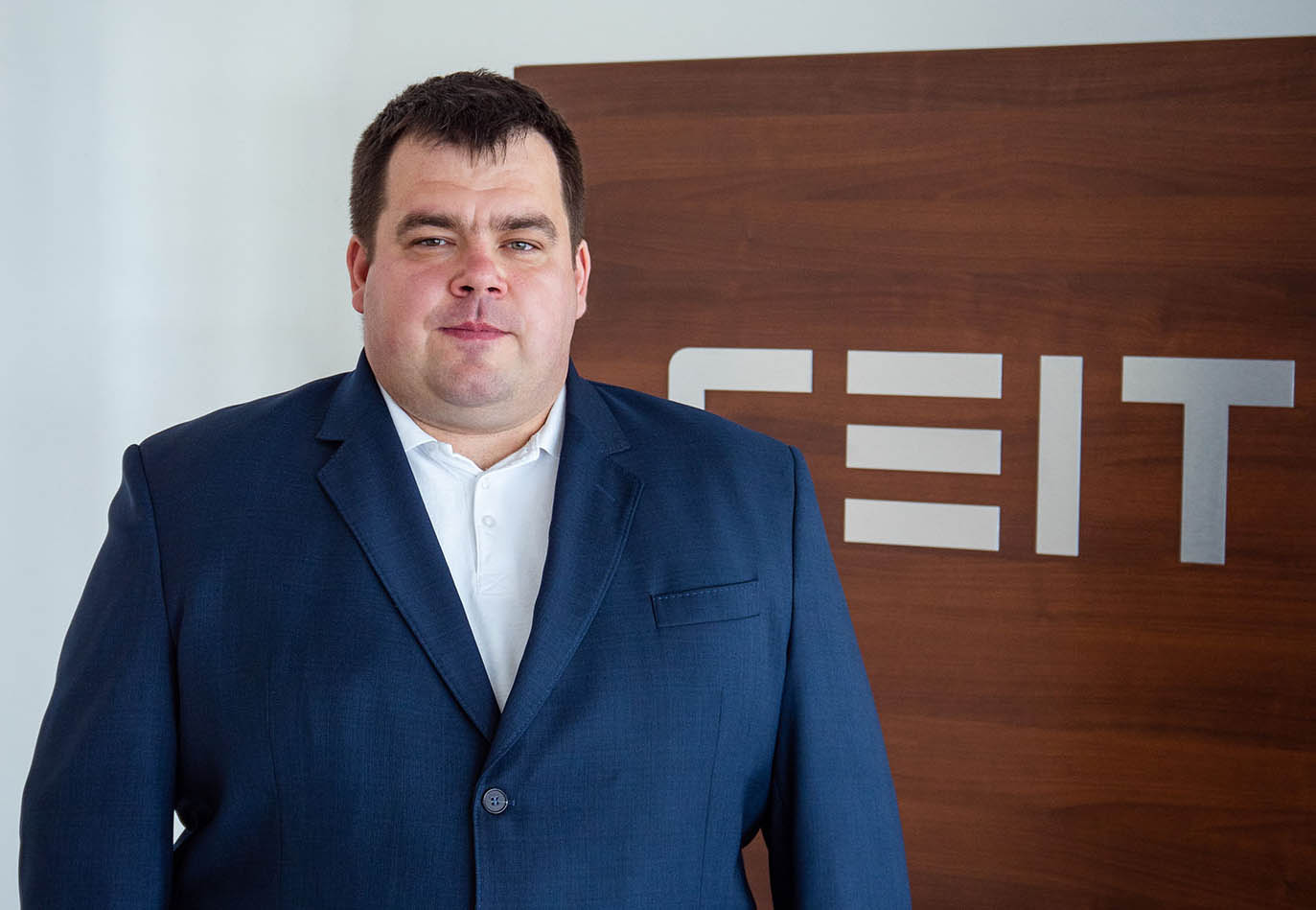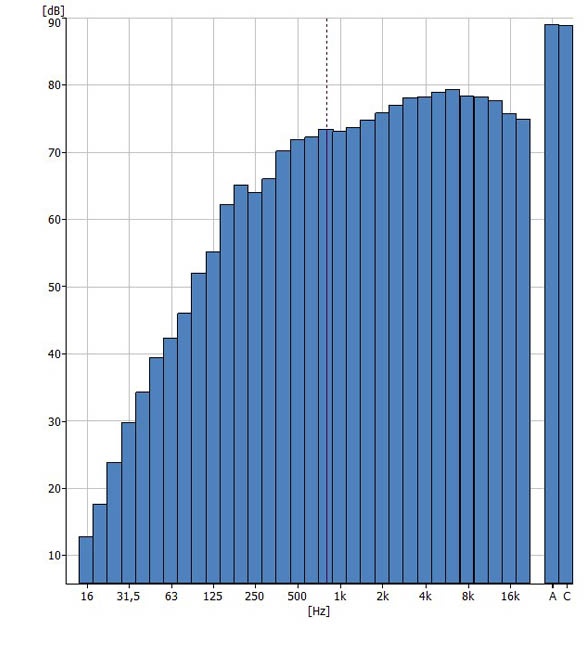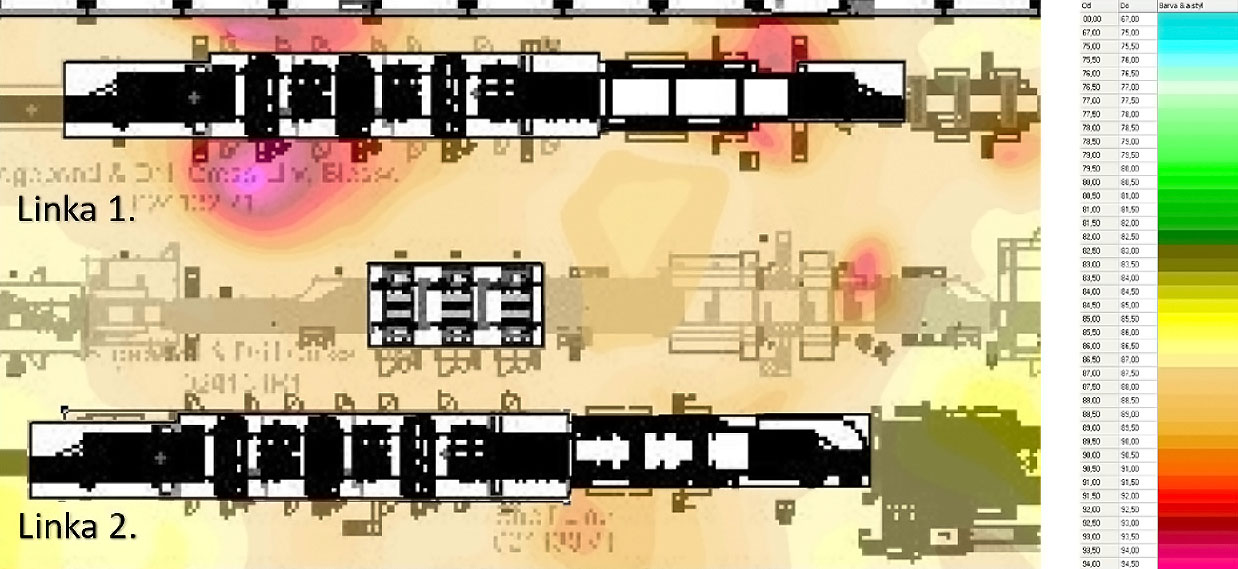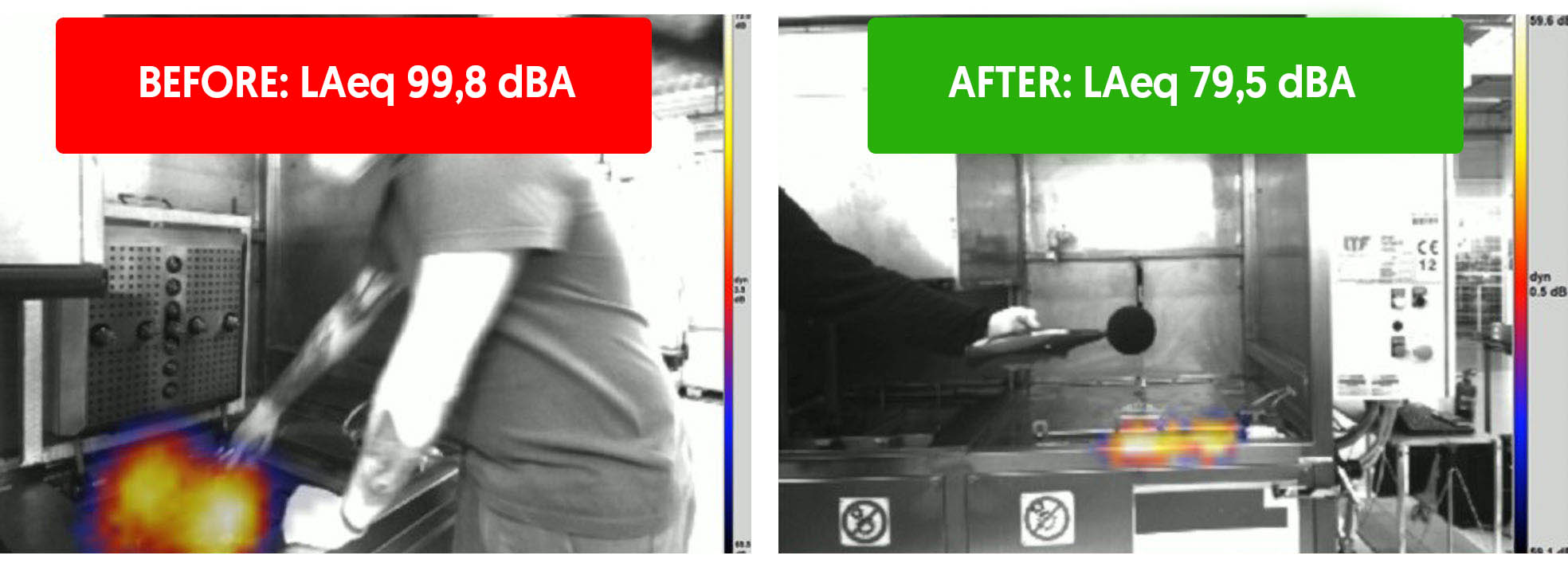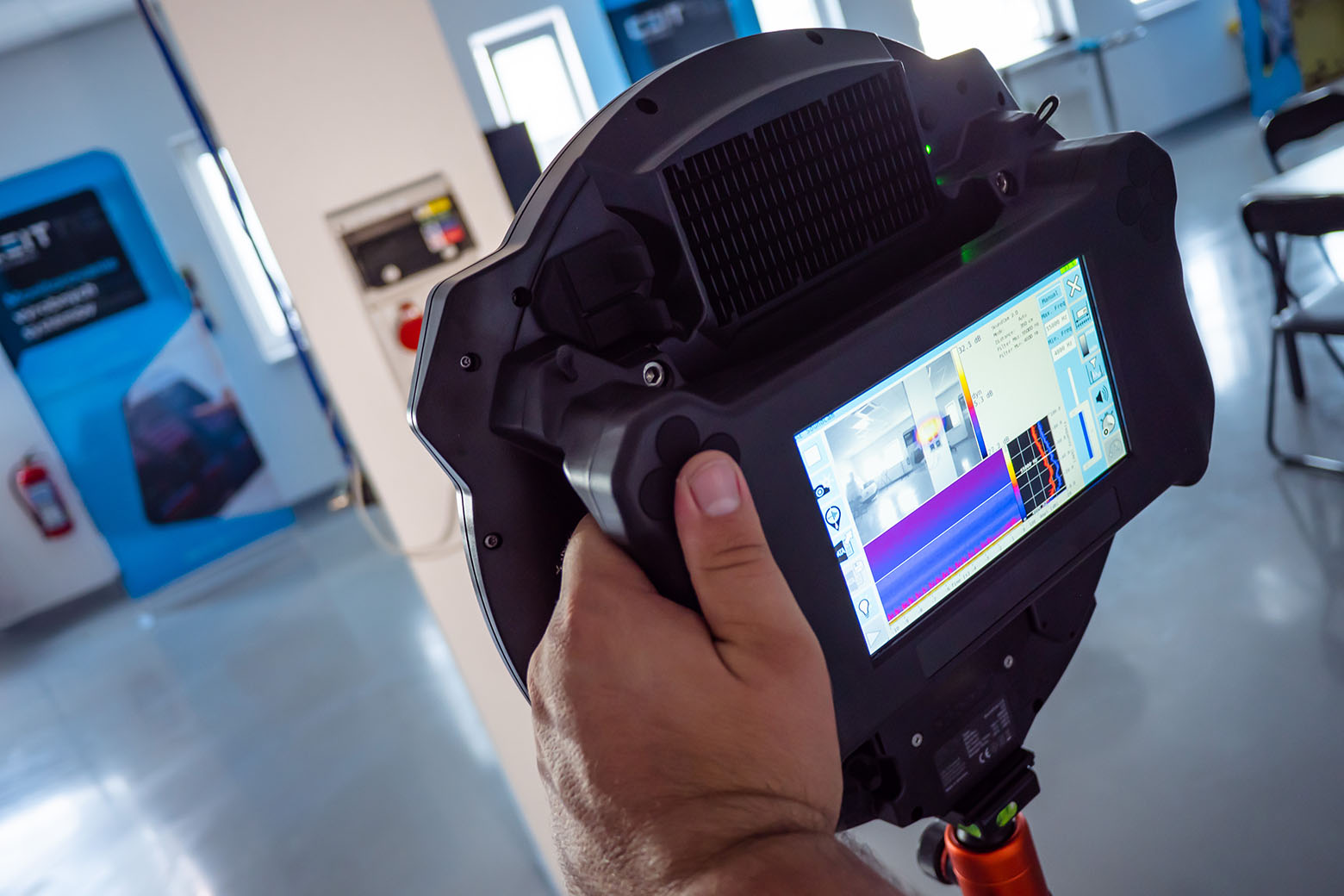Increasing the quality of blowing technology as a means of removing noise in production
Only rarely are production halls a low-noise environment. Increased noise is associated with health and social impacts on employees, and so attempts to eliminate noise in the workplace are more than justified. Reducing employee exposure to noise also reduces extra financial costs.
An important step in reducing noise in operating environments often involves improving the quality of the technology used in the production processes which cause noise circulation. One of these technologies is “blowing technology”; Ján Ďungel, a specialist in innovative solutions in noise reduction and elimination at Asseco CEIT, explained how we can eliminate noise in this technology.
Noise elimination at workplaces – blowing technology
Blowing technology involves the process of blowing air at components in production using compressed air. The jet and air pressure remove impurities from various components during production and during the maintenance of the technical equipment. Most often, it is a process for removing small impurities such as filings, dust, blowing out holes, or eliminating the remnants of emulsion following chip machining.
The basic defining factors in blowing technology are:
- Air pressure
- Flow
- Nozzle shape
- Operation principle of the nozzle
- Distance between the nozzle and the component
- Duration of the blowing process
Out of these factors, from a safety perspective, the most limiting are the flow and air pressure, particular in the case of manual blowing. Dust particles or various small items can be blown off, which is why personal protective equipment are essential for manual blowing. However, by choosing a suitable type of blowing and the right settings, it is possible to influence the air consumption, the duration of the process, and above all the resulting noise. In general, the more geometrically complex and uneven the surface of the machined component or structural item on which the compressed air falls, the higher the noise level.
For this reason, the process of interrupted blowing is more technically complicated to implement during a conceptually planned and regulated cleaning method, particularly if this method is used and added to the production lines later, tailor-made to the specific production. The initial investment costs for this type of blowing are higher compared to the process of automatised uninterrupted blowing.
If the blowing process is automatic and uninterrupted, we can see that the dominant noise impact on the operator ranges between 500 Hz and 16 kHz. This is a band with a large impact on noise levels. High-frequency noise in the spectrum is significantly reflected off hard compact surfaces such as the ceiling, walls and floors, thus increasing surrounding noise.
Modern trends in the automation of the blowing process.
In the area of blowing technology, automation is one of the main trends. It brings many benefits and innovations which impact the manufacturing industry as well as our everyday routine. For the process of blowing automation, the following principles need to be respected in terms of reducing the overall noise:
- Operator-less blowing
- Respecting the same standard of blowing
- Automation of the blowing process = standardised production, predicting and optimising air consumption
- Reducing production time by eliminating manual blowing
- Possibility of modifying the blowing technology with input from specialist operators when production changes
One of the trends in the automation of blowing technology is the use of computer simulation to optimise the blowing technology used. A computer simulation of the blowing process can predict the increase in production efficiency. By simulating the blowing of components in an automatic regime, we assume the entry requirements for the blowing process will be met, including the proposals for the direction of blowing, the number of chosen branches, the type and distribution of the blowing nozzles.
Thanks to the measurements using acoustic cameras, it is possible to design a suitable technical anti-noise solution, while also reducing the noise burden on employees and reducing the overall noise level of the production lines. With the constant developments in the automation of blowing technologies, we are standing at the brink of a new era in industrial processes. Investments into noise reduction help improve working conditions for employees, and thus increase production efficiency and quality. Further developments should bring us newer and newer innovative ways of minimising noise in the workplace and it is up to us to take advantage of these opportunities.
You can find out more on analysing and reducing noise in the workplace in our webinar which will be broadcast online on September 12th.
